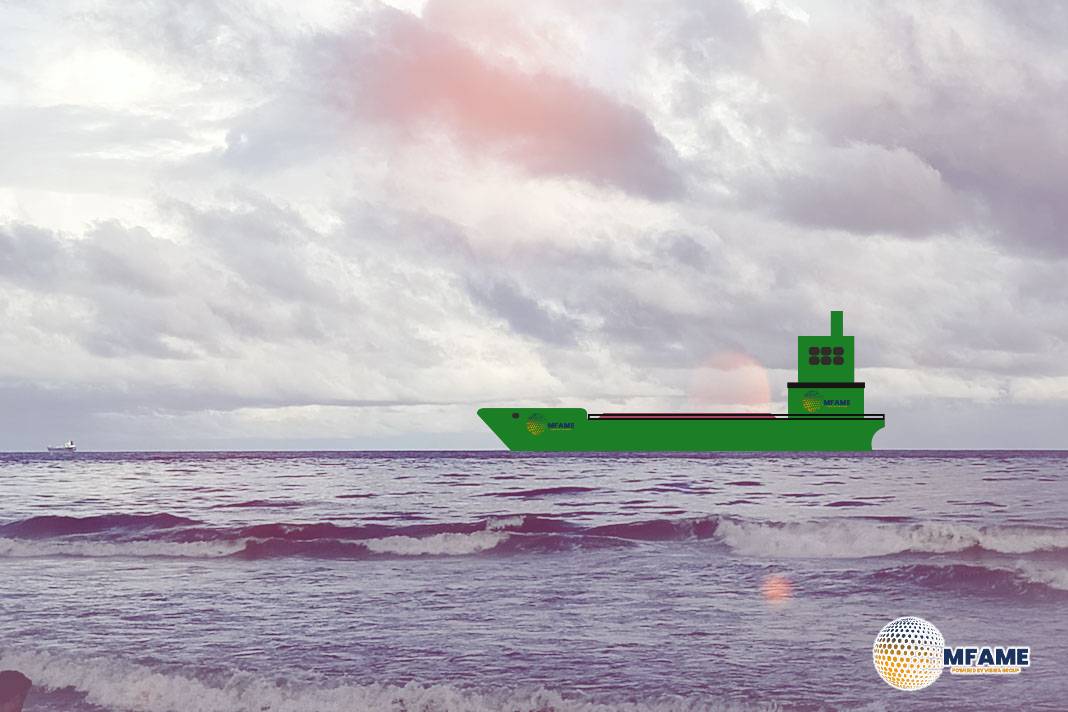- Region Turns Inward as Intra-Asian Trade Gains Momentum.
- India, Vietnam, and Malaysia Push Back with Countermeasures.
- Xi, Modi, and Putin Unite for a Multipolar Economic Order.
The maritime area stretching from the South China Sea to Northeast Asia remains stable, with few immediate threats to commercial shipping. But if you look a little closer, you’ll see that new political and economic forces are quietly reshaping trade patterns and strategic priorities throughout Asia, reports Risk Intelligence.
US Tariffs Disrupt Regional Commerce
As we move into 2025, US trade policy is still shaking things up in Asian commerce. Washington has slapped tariffs on a broad array of Chinese products, including steel, solar panels, semiconductors, and batteries, while also keeping a close eye on imports from Vietnam, Malaysia, and India. The US argues that these measures are essential for protecting domestic industries and national security.
However, Asian exporters contend that these tariffs drive up costs, create uncertainty, and undermine their competitiveness. To make matters worse, the US has introduced additional fees on vessels that are built, owned, or managed in China, widening the economic rift between the two largest economies.
Regional Economies Pivot Toward Intra-Asian Trade
In response, Asia’s trading environment is shifting and adapting. Many countries are looking to lessen their reliance on the US market and are boosting intra-Asian trade through agreements like the Regional Comprehensive Economic Partnership (RCEP). India has rolled out counter-tariffs on US goods, while Vietnam and Malaysia are pushing for fairer trade terms.
Taiwanese and South Korean companies are increasingly focusing on exports within Asia, and Indian manufacturers are setting their sights on Africa and the Middle East. At the same time, shipping and insurance firms are cautioning that the uncertainty surrounding these policies has become a costly new risk for global trade.
Emerging Alliances and a Multipolar Vision
Amid these changes, a summit featuring Xi Jinping, Narendra Modi, and Vladimir Putin highlighted a common aspiration for a multipolar world that relies less on US-led Western dominance.
The three leaders have come together to advocate for reforms in international institutions and to push for more autonomy in trade and finance, which includes a wider adoption of local currencies. This collaboration highlights a rising trend towards regional cooperation and the establishment of alternative trade networks throughout Asia.
Trade is Now a Matter of Influence and Identity
In Asia, trade has evolved beyond just the exchange of goods and services; it now embodies issues of influence, independence, and identity. Every ship that traverses Asian waters is not only navigating economic tides but also the changing dynamics of regional and global power.
Did you subscribe to our daily Newsletter?
It’s Free Click here to Subscribe!
Source: Risk Intelligence

















